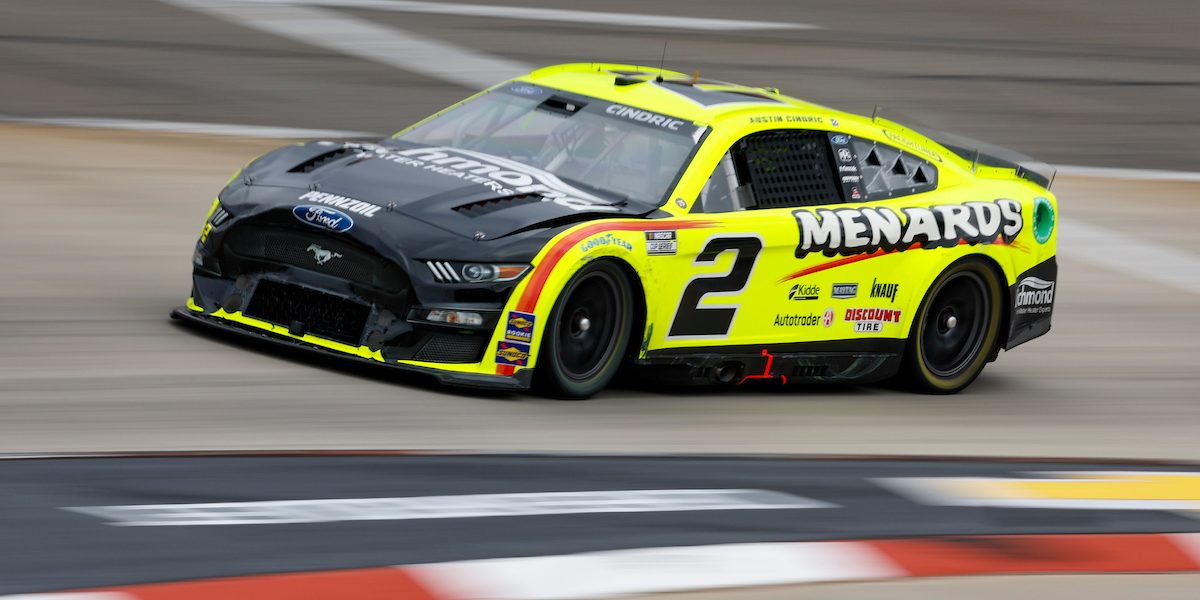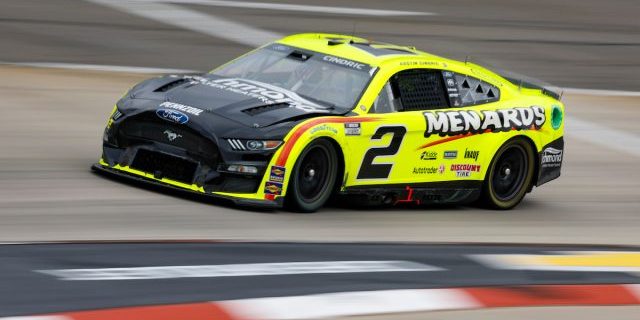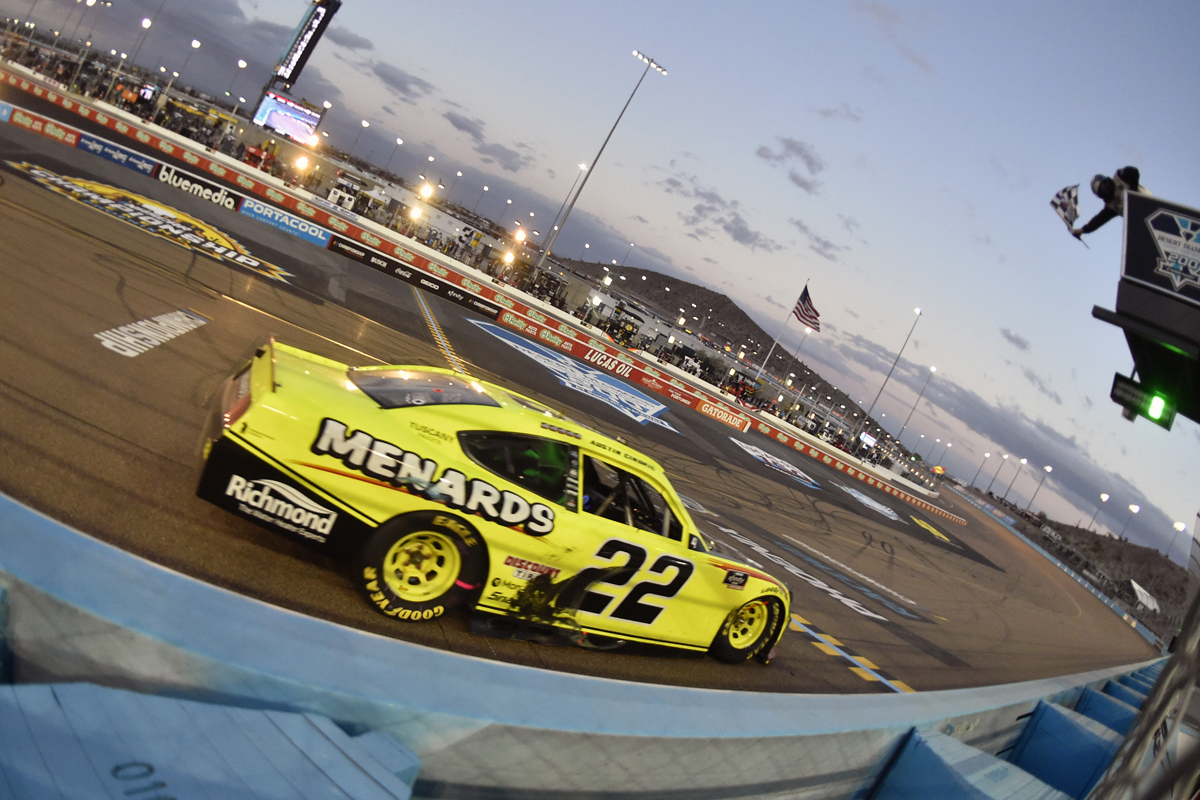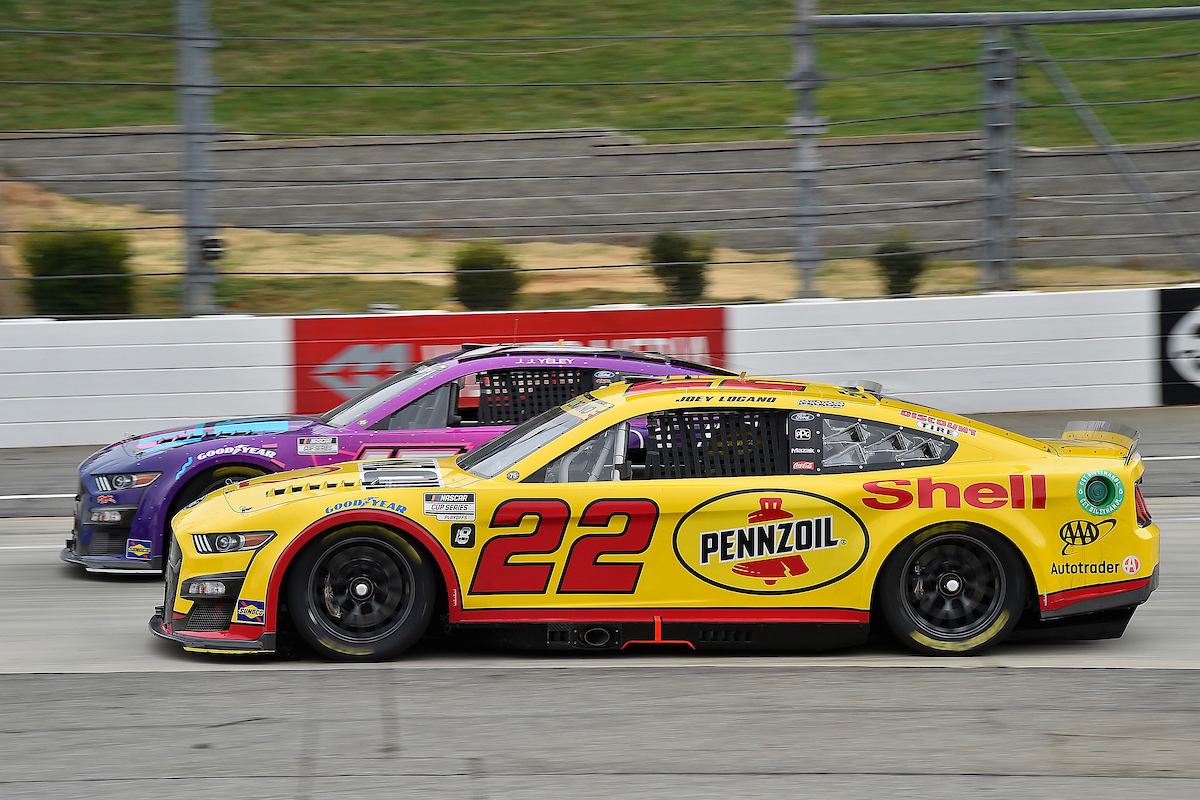What is so hard about NASCAR?


You’ve probably wondered, “What’s so hard about NASCAR? They’re just driving in circles, right?” While it might appear that way to the casual observer, there’s more than meets the eye.
In reality, NASCAR involves a complex interplay of skill, strategy, and engineering that elevates it far beyond simple “circle driving.”
In this article, we’ll delve deep into the intricacies that make NASCAR a challenging and highly competitive sport. From understanding the complexities of car setups to the nuances in race strategies, we’ll cover it all.
Table of Contents
A Detailed Explanation
The Complexities of Car Setup
The setup of a NASCAR vehicle is an intricate art form. Unlike your everyday car, these machines are fine-tuned to meet the specific demands of different tracks. Adjustments in tire pressure, suspension, and even the angle of the car can impact its speed and handling. A slight misjudgment in any of these elements could mean the difference between victory and defeat.
The Skill Set of the Driver
It’s not just about hitting the gas and steering. NASCAR drivers need a variety of skills, including but not limited to, exceptional reflexes, an understanding of drafting, and the ability to make quick decisions in high-pressure situations. Each race is a test of endurance, both physical and mental, as drivers navigate through tight packs at speeds upwards of 200 mph.
The Importance of Team Strategy
In NASCAR, no driver wins alone. The pit crew and strategists play a critical role in determining the outcome of a race. When to make a pit stop, how to adjust the car during the race, and how to adapt to changing weather conditions are all decisions made in real-time, often with split-second precision.
The Unpredictability Factor
Finally, there’s an element of unpredictability that’s unique to NASCAR. Whether it’s an unexpected caution flag, changes in track temperature, or an unanticipated collision, drivers and teams have to adapt on the fly.
Here’s everything else you need to understand to fully appreciate the complexities of NASCAR.
Mastering the Art of Drafting
Drafting is a technique used in NASCAR where drivers align their cars closely to reduce air resistance, allowing them to move faster. This strategic maneuver requires precision and timing. By closely tailing the car in front, the trailing car can take advantage of reduced air resistance, conserving fuel and potentially making a pass at the right moment.
Navigating Different Track Types
NASCAR encompasses a wide variety of tracks, from the short tracks that demand tight turns and quick accelerations to the superspeedways that allow for mind-boggling speeds. Each track type requires a distinct driving approach and car setup. For instance, on a short track, drivers have to focus on managing tire wear and making quick turns, while on a superspeedway, it’s all about maintaining top speeds and drafting effectively.
Pit Stops: Choreography at its Finest
Pit stops are a ballet of coordination and speed. In a matter of seconds, the pit crew has to change tires, refuel the car, and make any necessary adjustments. A perfectly executed pit stop can gain a driver several positions, while a fumble can be disastrous.
Reading the Pack and Making Moves
Drivers must have an intuitive understanding of the dynamics within the racing pack. They need to anticipate the movements of other cars, read the subtle cues of drivers around them, and make calculated decisions about when to advance or hold back.
The Mental Stamina
Endurance and focus are paramount. NASCAR races are long, often spanning hundreds of miles over several hours. The mental strain of maintaining high speeds, making split-second decisions, and staying alert amidst the intense competition is not to be underestimated.
What is so hard about NASCAR? – Final Thoughts
In conclusion, the question of what makes NASCAR challenging goes far beyond the surface. It’s the blend of technical precision, driver skill, strategic decision-making, and the unpredictable nature of racing that creates the high-stakes environment of NASCAR. Next time you watch a race, you’ll have a deeper appreciation for the complexities at play.
Remember, each driver’s journey is a testament to their dedication and the collective effort of their team. So, whether you’re a fan or a curious newcomer, you’re now equipped to grasp the intricacies of this captivating motorsport.
What is so hard about NASCAR? – Frequently Asked Questions
Q: Are there any female NASCAR drivers? Yes, there have been female NASCAR drivers, including pioneers like Janet Guthrie and more recent contenders like Danica Patrick.
Q: How fast do NASCAR cars go? NASCAR cars can reach speeds of over 200 mph on certain tracks, particularly on superspeedways.
Q: How long is a typical NASCAR race? The length of a NASCAR race can vary widely depending on the track type. Short tracks might have races around 300 miles, while superspeedways can have races exceeding 500 miles.
Q: Do NASCAR drivers use manual or automatic transmissions? NASCAR cars are equipped with manual transmissions, but they don’t use a clutch pedal. Shifting is done sequentially without a clutch during races.
Q: How do NASCAR drivers communicate with their teams during the race? NASCAR drivers communicate with their teams via radio systems built into their helmets. This allows them to relay information about the car’s performance, track conditions, and strategies.
Q: Are there any safety measures in place for NASCAR drivers? Absolutely, safety is a top priority. NASCAR drivers wear fire-resistant suits, helmets, and head and neck restraints (HANS devices). Additionally, the cars are built with multiple safety features, including roll cages and impact-absorbing materials.










